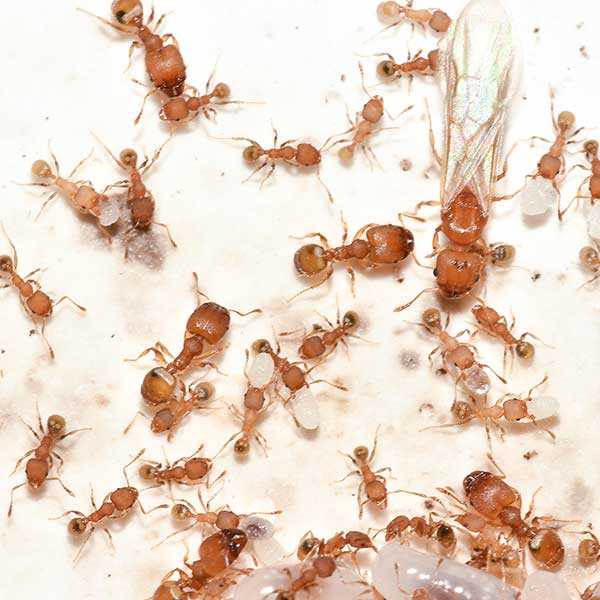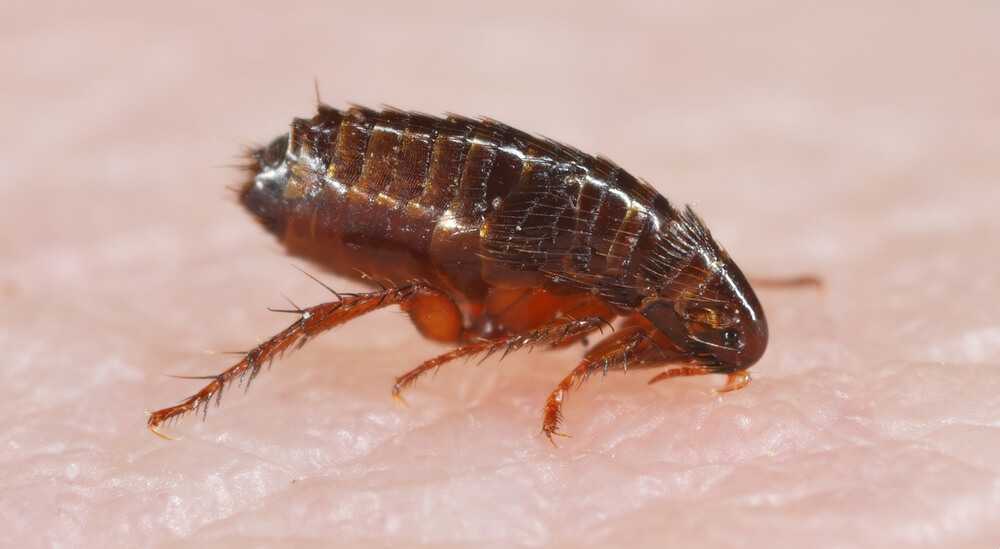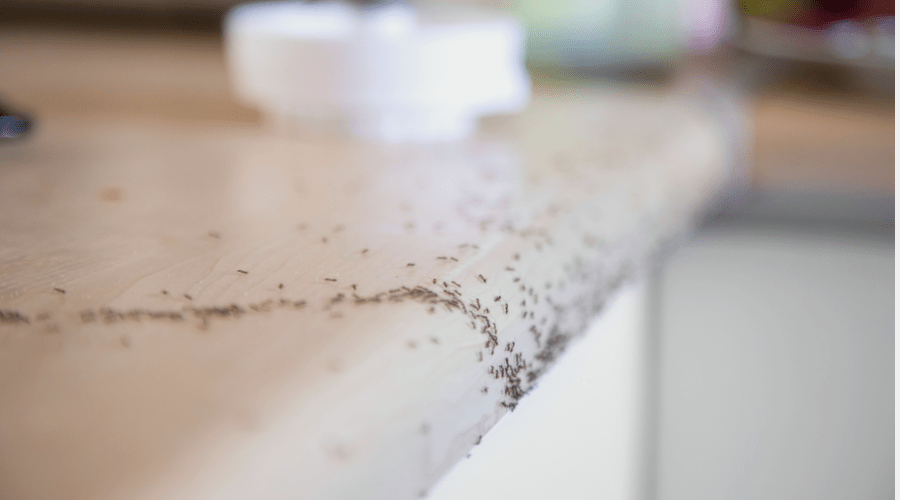Big Headed Ants
"*" indicates required fields
Big Headed Ants
Treatments for this pest are included in these services:
Big Headed Ants (Pheidole megacephala) are listed among the world’s top 100 worst invasive species. First reported in Egypt and Mauritius, Big Headed Ants are now found in an increasing number of locations worldwide. Big Headed Ants raid the colonies of native ants, displacing native fauna and destroying property where they nest. These ants are generally between 2 and 4 mm long, red-brown to black in color, and are best identified by the oversized head of their soldiers.
Big Headed Ant Habits
Big Headed Ants are omnivorous, eating everything from small animals to seeds. Each nest has multiple queens and “super colonies” of interconnected nests are not unheard of. Big Headed Ant nests can be recognized by displaced dirt piles with multiple entrances. While they prefer to nest in dark, moist locations though they have been found in homes when food is easily available.
Threats Posed by Big Headed Ants
Big Headed Ants are notorious for property damage, with their large nests threatening the integrity plant roots. From an ecological standpoint they are a terror, killing native ants and taking over their habitat. A Big Headed Ant invasion is no laughing matter, but luckily their bite is not terribly serious and they do not sting.
Big Headed Ant Control, Removal, & Prevention
If a colony is found outdoors, it must be removed. Otherwise the colony will continue to grow and may find its way indoors. Food should not be left out to tempt the ants inside.



